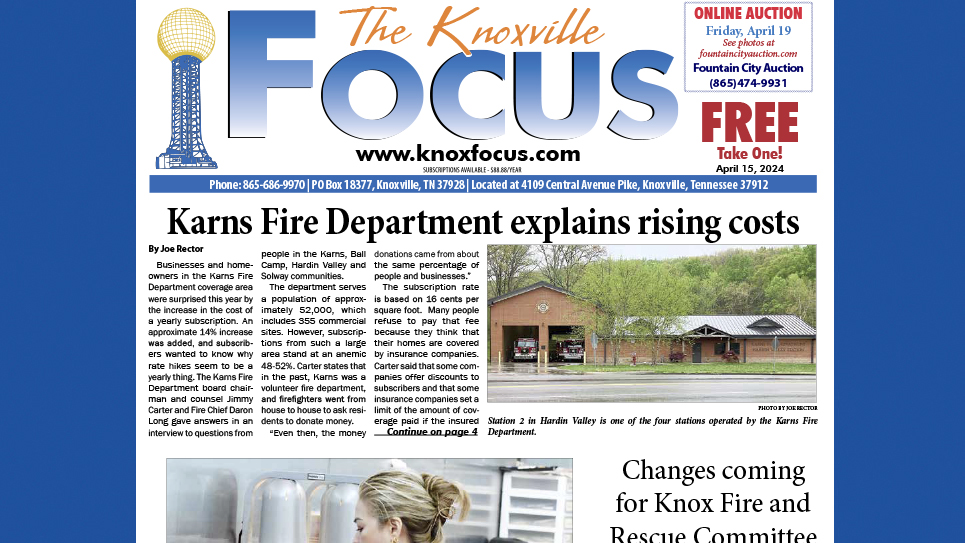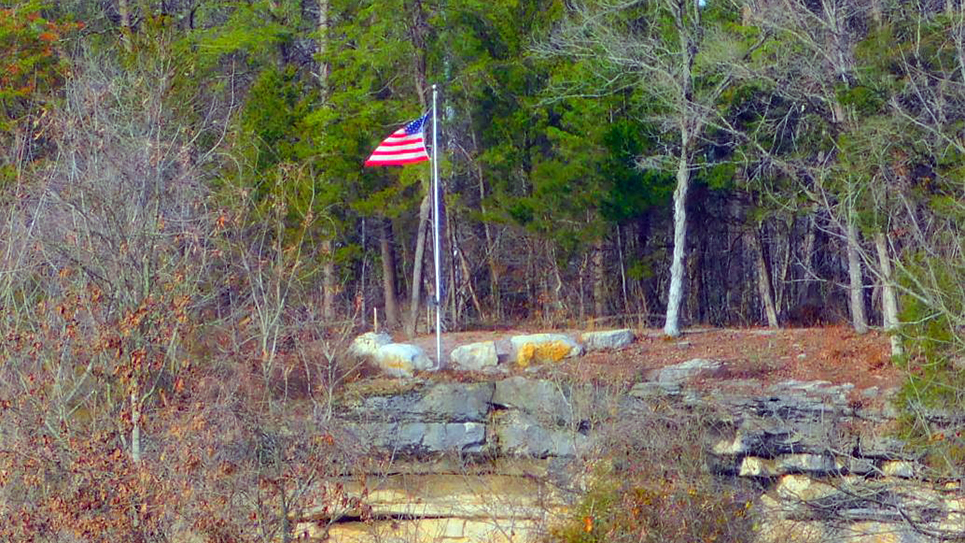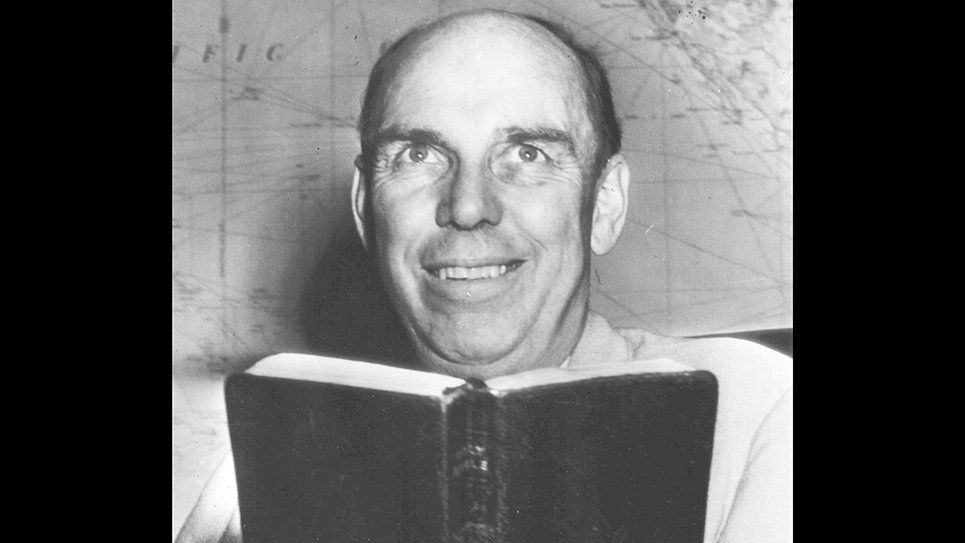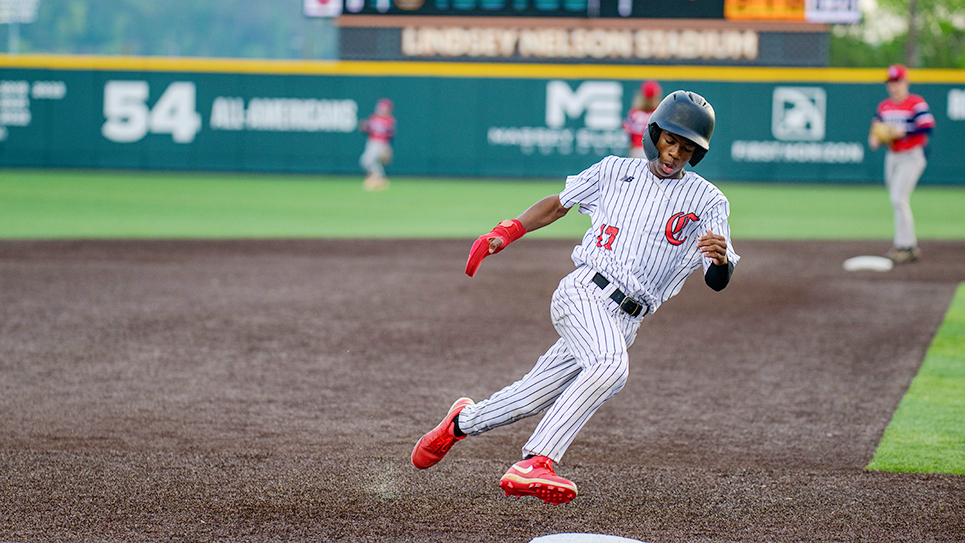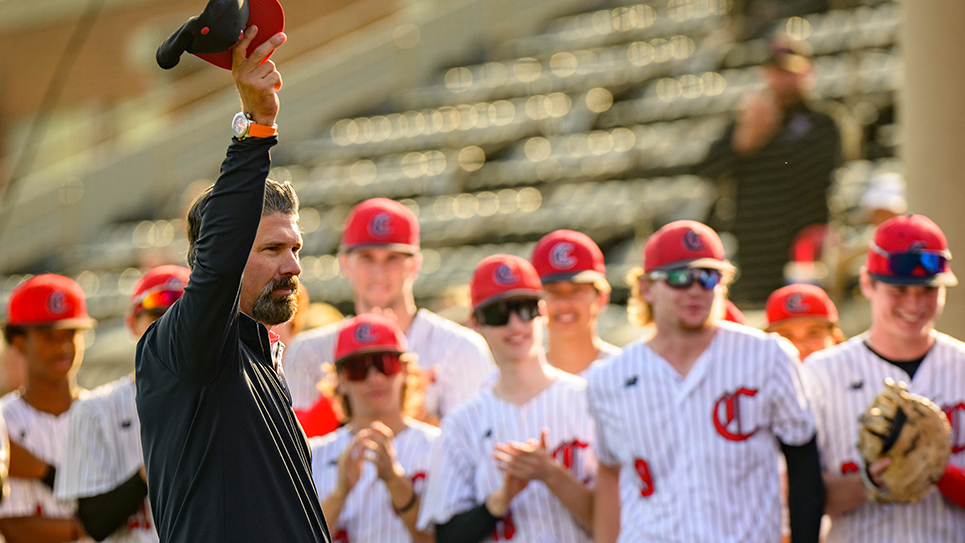“Let’s start at the very beginning…” sang Julie Andrews in the The Sound of Music. Becky and I recently attended a wonderful stage production of this beautiful story. We moderns often take for granted cinematic magic. However, magic also occurs with a stage production where our imagination takes the place of “special effects.”
People ask me why I like opera. They find it incredible that I enjoy a musical stage performance sung in a foreign language. Actually, I find it equally difficult to follow the lyrics in most pop culture music. You might be surprised to learn that the lyrics in opera are hackneyed and largely irrelevant. You see the drama is “told” by actors in glorious costumes with “magical” staging set amidst beautiful and timeless music performed by a live orchestra. You might be more familiar with the afternoon dramas known as soap operas. Here’s a factoid: these television operas are so named because their drama was originally supported by soap companies like Proctor and Gamble.
By this point you might be asking yourself, “Where’s Ferguson going this week?” Recently, a friend gave me a beautiful coffee-table book, “Tennessee River, Sparkling Gem of the South,” by Ron Lowery. The sumptuous pictures are unique because they were taken from a low flying ultralight airplane. As I looked through the book, an image of a road trip appeared -actually several; and the first road trip began last weekend as Becky and I started at the “very” beginning.
For some time I’ve thought about an additional focus for my writing. I won’t abandon medicine, science, the arts, politics, philosophy, history or spirituality. But I’ve decided to expand my travel genre to something closer to home. As a result, the first installment of the “River Series” begins this week at what Knoxvillians call the “forks of the river.”
I’ve always been amazed how different my neighborhood appears as I walk compared to driving. The view is even more different from the driver’s seat than when Becky is “driv’n Mr. Jim.” Many of us have boated to a UT football game or taken a dinner or picnic cruise on our Tennessee River. The houses along the river certainly look different from the water than they do from the street.
Several years ago, Becky and I and another couple chartered a canal boat (narrow-boat) in England. These narrow boats are something like a houseboat which Tennesseans might charter on Norris Lake. However, the narrow-boats are ten feet wide and sixty feet long. We were given twenty-five minutes of instructions, the keys and, in the typical understated British phrasing, told to not “break the boat.”
We slowly motored through ancient English canals juxtaposing the back doors of homes with small backyards the British call gardens. The Brits were friendly to the Americans sailing past their back door, though they were startled by our Tennessee flag and our southern “Howdy!” What an adventure operating ancient canal locks and “camping” in our water home moored along the canal banks. Apparently, I sleep well on water. Perhaps it’s because I carry my bed with me on oceans and canals. Perhaps there’s more than a bit of the “princess and the pea” in me, because I also like a shower and a bar!
Our Tennessee River is formed by the confluence of the French Broad and the Holston Rivers just north of Knoxville and Island Home airport. The headwaters of the French Broad are in Asheville, North Carolina. The river then flows westward through the Cherokee National Forest and Douglas Lake. The Holston River flows southwest from the Tri-Cities and forms Cherokee Lake before arriving at the “fork.” The Google pic shows the creation of our Tennessee River.
I’m fascinated by rivers which in times past were the principle vascular networks of civilization. Even today rivers are made and kept navigable by damming, locks and dredging. A careful study of the picture includes barges being loaded at docks on the Holston just north of the Forks. Barges can carry heavy loads even more efficiently than railroads, and in times past there weren’t paved highways and eighteen wheelers.
Since humans are water creatures we’ve always sought water for life and even waste disposal. I remember how we once installed gutters and water collection tanks under downspouts in the mountains of Guatemala. We tried to educate the people that drinking water from the river used by others upstream was dangerous. Unfortunately, even the otherwise “magical Yankee doctors” had trouble overcoming traditional ways of life.
Most Americans have a basic understanding of circulating blood pumped by the heart. Food, oxygen and water are delivered through a vast system of large blood vessels supplying ever smaller conduits. It’s interesting that rivers coalesce from smaller tributaries, whereas the arterial systems flow from larger vessels to the smallest vessels called capillaries. These form a mesh network where oxygen is released and molecules of carbohydrates, proteins and fats diffuse through vascular walls to nurture surrounding cells of the body. Like rivers, blood collects cellular waste such as carbon dioxide and urea on the venous side of the capillary system. These then coalesce into ever larger veins, such as the veins on the back of your hand. Finally, the large pulmonary veins carry blood through the lungs to exchange carbon dioxide for oxygen. Waste urea is recycled by the liver or excreted by the kidneys on the arterial side of the closed circulatory system.
The earth is another closed system, though powered by the sun. Heat causes evaporation of water which then condenses in clouds and subsequently falls as rain. The runoff flows into rivers that provide a habitat for life before running to the sea and forming a vast habitat for life.
Ancient philosophies spoke of the cycle of life in terms of a wheel which had no beginning or end. Civilizations rose and fell. Men lived and died. The writer of Ecclesiastes once said, “What has been will be again, what has been done will be done again; there is nothing new under the sun.”
But the purportedly smartest man who has ever lived was wrong. Jesus Christ brought living water to the earth and broke the wheel of life; and the world has never been the same.

